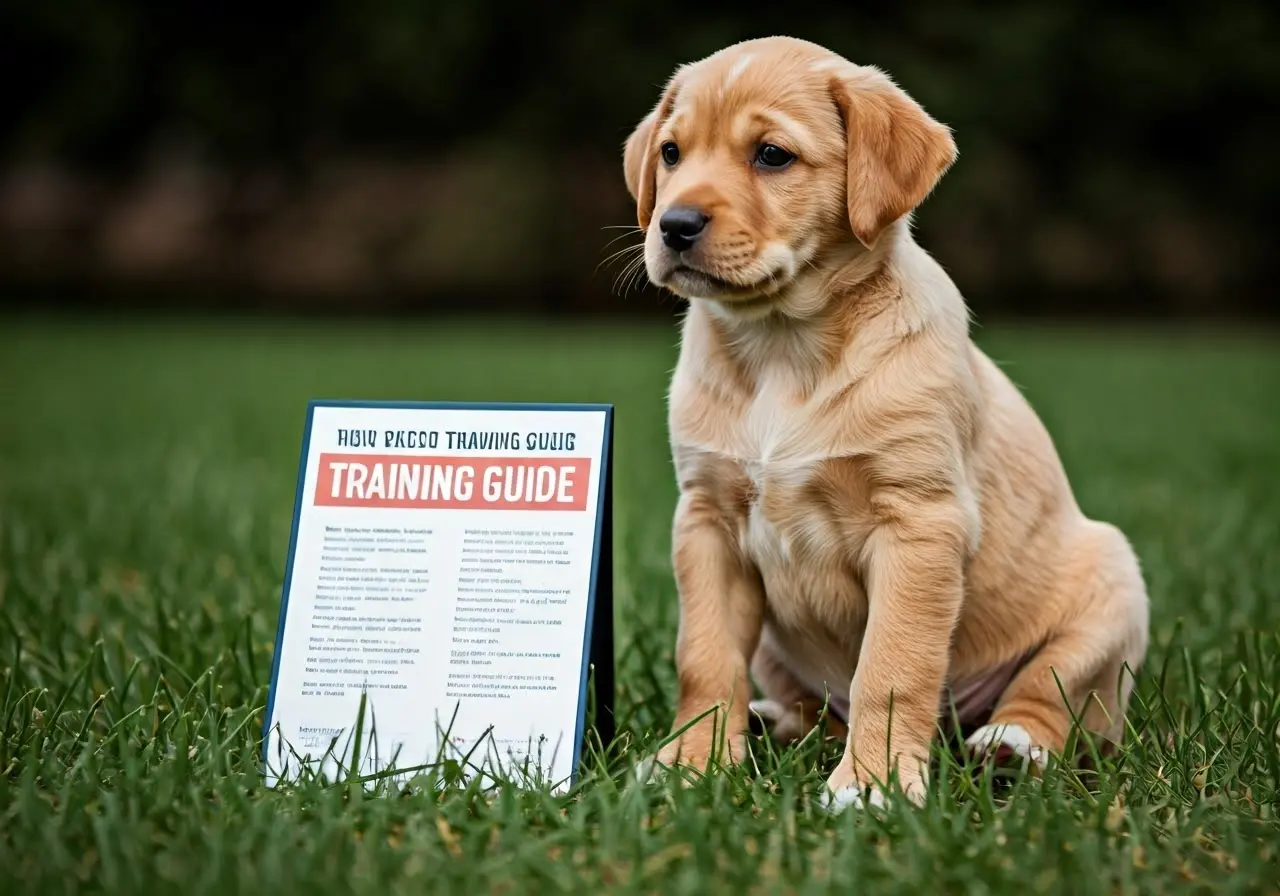Welcoming a new puppy into your home is an exciting and joyous occasion, full of wagging tails and playful shenanigans. However, with this new adventure comes the responsibility of training your furry friend. Effective training is crucial for a happy and well-behaved companion. In this blog, we’ll explore essential dog training solutions that every new puppy parent can use to set their puppy on the path to success.
1. Establishing a Consistent Routine
Puppies thrive on routine, and having a consistent schedule helps them feel secure. Establish set times for meals, walks, play, and rest. Routine will aid in potty training and teach your puppy what to expect throughout the day.
A typical day might involve early morning outdoor time, stimulated play sessions, and structured downtime for naps. Consistency doesn’t mean rigidity, but it helps your puppy learn predictability, reducing anxiety and promoting better behavior. Tailoring the routine to your puppy’s natural rhythms can lead to more responsive training sessions.
2. Positive Reinforcement Techniques
Positive reinforcement is a powerful training method. Reward your puppy with treats, praise, or playtime for good behavior. This encourages them to repeat these actions, creating a positive association with following commands.
Timing is crucial when using positive reinforcement. Ensure rewards are immediate, so your puppy can link the reward to their behavior. Begin with high-value treats that are motivating, gradually incorporating verbal praise as they learn to associate it with the action performed.
3. Socialization from an Early Age
Introducing your puppy to new experiences, people, and other animals early on is crucial for their development. Socialization helps them grow into well-adjusted adults who are less likely to develop behavioral issues.
Consider puppy playdates, trips to the park, or visits to pet-friendly events. These activities expose them to different sights, sounds, and smells, fostering confidence. It’s important to ensure each interaction is positive, as negative experiences can cause fear and anxiety.
4. Teaching Basic Commands
Start with basic commands like sit, stay, and come. Use a calm voice and positive reinforcements to teach these commands effectively. Mastering these basics provides a foundation for more complex training.
Remember to break down commands into small, manageable steps. For example, with the ‘sit’ command, gently guide your puppy into position and reward them immediately once they comply. Gradually increase the command’s difficulty by introducing distractions, which will improve their focus and compliance.
5. Handling Unwanted Behaviors
Nipping, jumping, or barking excessively can frustrate puppy parents. Address unwanted behaviors with redirection, alternate commands, or by providing chew toys to discourage inappropriate actions.
Consistency in correcting these behaviors is key. For instance, if your puppy jumps, ignore them until they’re calm, then reward them for keeping all four paws on the ground. Identifying the root causes, like boredom or fear, helps in finding suitable solutions and improving overall behavior.
6. Crate Training for Safe Spaces
Crate training can provide puppies with a safe space and help with potty training. Ensure the crate is comfortable and never use it as a form of punishment. With patience, your puppy will view it as their cozy den.
Introduce the crate with positive associations. Initially, leave the door open, pairing it with treats or favorite toys inside. Gradually add duration and close the door for short periods, increasing over time as they become comfortable. This technique aids in creating a calm, secure environment for your puppy.
7. Leash Training for Enjoyable Walks
Leash training teaches your puppy to walk calmly by your side. Start in low-distraction environments and gradually introduce more challenging situations. Consistency and gentle guidance are key.
Begin leash training indoors with a lightweight, adjustable collar and a short leash. Reward your puppy immediately when walking beside you, promoting a positive experience with the leash. As they improve, increase the walking distance and vary paths for more stimulation and learning opportunities.
8. Patience and Persistence
Training a puppy takes time, and setbacks are normal. Stay patient and persistent. Celebrate small victories and keep sessions short to maintain your puppy’s attention and enthusiasm.
It’s important to end each session on a positive note. Notice and reward good behavior and improvements, no matter how small. This keeps the training experience positive for both you and your puppy, paving the way for further successes.
9. The Importance of Mental Stimulation
Mental exercises are as important as physical activity. Puzzle toys and interactive games can keep your puppy’s mind sharp and prevent boredom-related behaviors.
Challenge your puppy to solve simple puzzles, increasing complexity as they mature. Interactive toys that adapt to your puppy’s intelligence can sustain interest and help manage energy levels. Incorporating these activities reduces destructiveness and promotes well-rounded development.
10. Understanding Body Language and Signs
Learn to read your puppy’s body language to better understand their needs and emotions. This can help prevent misunderstandings and deepen the bond between you and your furry friend.
Watching your puppy’s tail, ears, and posture conveys much about their mood. Recognizing signs of stress, such as yawning or avoiding eye contact, means making adjustments that address their comfort. This empathy aids communication and nurtures a trusting relationship.
11. Being Consistent with House Rules
Ensure that all family members are on the same page regarding puppy training. Consistency in enforcing house rules determines the success of your training efforts and helps avoid confusion.
It’s vital to communicate clearly with family or housemates about what behaviors are acceptable. Create a list of house rules and place it in a common area to remind everyone. This approach ensures everyone is reinforcing the same expectations with your puppy.
12. Seeking Professional Guidance When Needed
Don’t hesitate to seek professional help if you face challenges. A skilled dog trainer can provide valuable insights and tailor guidance to meet your puppy’s specific needs.
A professional can pinpoint areas that need improvement, offering strategies to correct troublesome behaviors effectively. Whether through personalized training sessions or group classes, tapping into expert insights can enhance your puppy training, creating a peaceful living environment.


